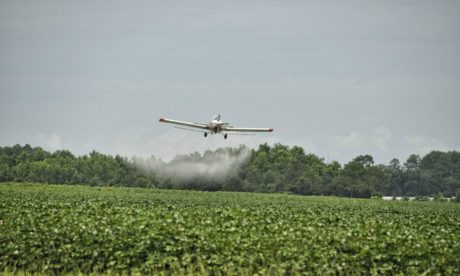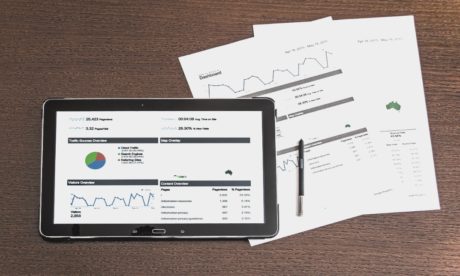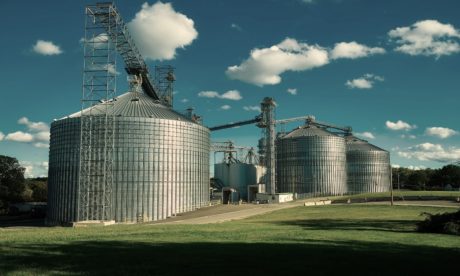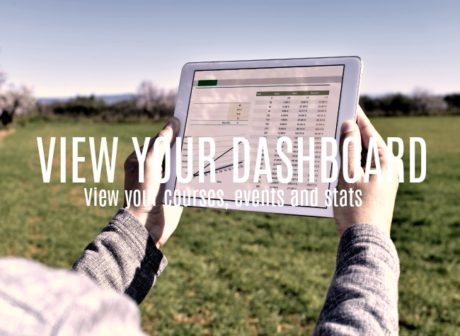As we continue to get more guidance from SBA; more emails and calls from readers; and discussions with certain officials in Washington DC; it has become apparent that PPP loans for farmers is a moving target.
The Consolidated Appropriations Act (CAA) added in a new provision that allows certain self-employed farmers to receive both an increase in their first draw PPP loan and a second draw PPP loan if they had at least a 25% reduction in gross receipts. But what does all of this mean. Right now, there is not that much clarity. Let’s review what we know and don’t know.
This rule is based on the fact that the covered period is a minimum of 8 weeks and you need at least 11 weeks to get full forgiveness of your SE earnings PPP loan if you don’t spend money on any other qualifying costs
First, if you are a self-employed sole proprietor farmer and you reported less than $100,000 of net farm income on your 2019 Schedule F (or a loss), you are allowed to increase your loan to a maximum $20,833 based on your line 9 gross income assuming it is at least $100,000. This assumes you have no employees. You are not allowed to count any gains from selling or trading farm assets that may be reported on Form 4797.
If you have employees, you likely still qualify for the same amount for your SE earnings. You are allowed to get a PPP loan based on the amount of employee payroll costs plus you are allowed https://loansolution.com/installment-loans-sd/ to get a loan on your SE income based on:
- Line 9 (Gross Income), minus
- Line 15 (Employee Benefits), minus
- Line 22 (Labor), minus
- Line 23 (Pension and Profit Sharing), minus
- Line 37 (this line is wrong, it likely should be Line 29 Taxes related to employee payroll).
- After you net these amounts, if it is still greater than $100,000, then you limit it to $100,000 divide by 12 and times by 2.5
However, if you are a single member LLC that files a Schedule F on a Form 1040, you may or may not qualify for this provision. We have heard of some banks disallowing the loan since an LLC is not an “individual”. However, we know for income tax purposes the LLC is disregarded and this should be treated the same as a self-employed individual with no LLC.
Farm partners appear (as of this writing) to be stuck with the old rules based solely on net SE income reported on their Schedule K-1. As of yet, they are not allowed to base their loan on line 9 Gross Income of Schedule F filed with Form 1065.
The SBA seems to require a farmer who gets an increase in the first draw or gets a first draw for the first time to wait at least 8 weeks (and in many cases 11 weeks) before they can ask for a second draw loan. SE farmers are not required to write a check to themselves (although I still recommend it), but it appears you need to wait that long before you can ask for a second draw. We don’t believe the law requires this for SE farmers, however, this appears to be the rule. In that case, if a farmer qualifies for a full second draw and let’s say they received $10-15,000 in the first draw, they may want to consider skipping the first draw and simply apply for the second draw.
We now have Senator Thune (R-S.D.) and Senator Baldwin (D-WI) asking the SBA to clarify that CFAP payments received by farmers in 2020 are not required to be counted as gross receipts. There is no authority for these items to not be considered gross receipts since they were not exempted as part of the CAA unlike PPP loan forgiveness and EIDL advances; however, this appears to be a political statement and politics may trump authority. We shall see if SBA makes this ruling.
Many farmers have commented to us that they would like to use any three month period in 2020 versus the same three month period in 2019 to determine if they have a 25% reduction. Based on discussions with staff in DC, it appears that farmers and other PPP borrowers must use the calendar year quarters (Jan-Mar, Apr-Jun, Jul-Sep, and Oct-Dec) to determine gross receipts reduction.
This can even result if your loan was under $150,000
Commodity wages continue to be in a state of flux. We have heard of at least two banks going back and “resizing” loans based on not allowing commodity wages to qualify as payroll costs. This may result in farmers owing PPP loans based on the commodity wage amount. If you obtain a new PPP loan based on commodity wages, be forewarned that you ount even if you pay cash wages during the covered period. The latest guidance from SBA referring to line 5 Medicare Wages of Form 943 does not help farmers and we have communicated this issue to DC.
We continue to believe that H2A wages do not qualify for PPP loans even if the workers are here more than 6 months. However, there has not be any full guidance on this. There was a FAQ indicating that they might qualify but that FAQ has been withdrawn. We are trying to find out if these wages may qualify.
Gross receipts for a cash basis farmer is likely based on when the farmer receives the “cash”. This means that crop insurance proceeds received in 2020 will be “gross receipts” even if the farmer makes an election to defer these proceeds to 2021. It may also mean that deferred payment contracts will be based on when the farmer receives the cash even if they elect out of the installment method. However, no guidance has been issued by SBA on this subject. At a minimum, the SBA will require farmers to determine gross receipts using the same method for 2019 and 2020.
The IFR does mention that net capital gains and losses are not part of gross receipts. We continue to believe that Section 1245, Section 1250 and Section 1231 gains must be counted as part of gross receipts even if 1231 gains may end up being taxed using capital gains rates. You are allowed to reduce the sales price by the net tax basis.
Also, remember that all of the entities that are under “common” control must be aggregated to determine if gross receipts have decreased by at least 25%. You will back out receipts that are made between these entities. For example, assume a Hog LLC sells $2 million of hogs and purchases $500,000 of corn from a related partner Corn LLC. Gross receipts is $2 million, not $2.5 million.
As you can see, PPP loans for farmers is still a moving target. Some items are very straight-forward, but many others are not. We are trying to get some of these items resolved; however, this can be a very slow process and the window for PPP loans may fully close before we get all of the answers.








0 responses on "What We KnowDon’t Know on Farmers and PPP"